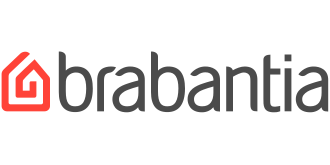(S) DBR – Steering and optimization of production- and administrative processes
Specific Targets
Steering the operational chains for maximal yield and reliability with minimal resources.
Usual results
- Shortening of throughput times without changes or investment in production (usually 30% to 40% shorter after 4 months of implementation
- Strong improvement of delivery reliability (usually starting out at 70% and up to 95% after 4 months). Diminishing of work in progress (WIP) with 40%
- Large reduction of ‘urgent’ orders
- Calmer flow
- Less management time
- Safe delegation to the operational level
Specific techniques
- Application of the 5 focussing steps
- Steering on critical resources, synchronisation of non-critical resources using Buffer Management
- Liberation of material. The start of production is synchronised on the critical resources (not on the forecast or on global MRP-signals) Buffermanagement
- The synchronisation of the entire chain is being steered by very transparent signals, that show the correct and up-to-date priorities for every step
- Focussed follow-up. The number of focus points diminishes drastically and is clear for everyone (= Management by exceptions!) Built in control. The incorrect execution or follow up of an activity rapidly becomes clear.
- Immune to disruptions. The correct buffer technique allows for timely intervention
- Planning of resource needs. MPR-run becomes obsolete
- Synchronisation of purchase
- Purchase planning is kept up-to-date by the same Buffer Management signals
- POOGI: Reliability of resources/suppliers/subcontractors is being monitored and processed into actions of improvement
Our Offer
Diagnosis and implementation plan
2-day EDM (Executive Decision Making) – session as an introduction
Complete courses with possible transfer of know-how will be guided by TOC experts
Adaptable and integrable software available
















